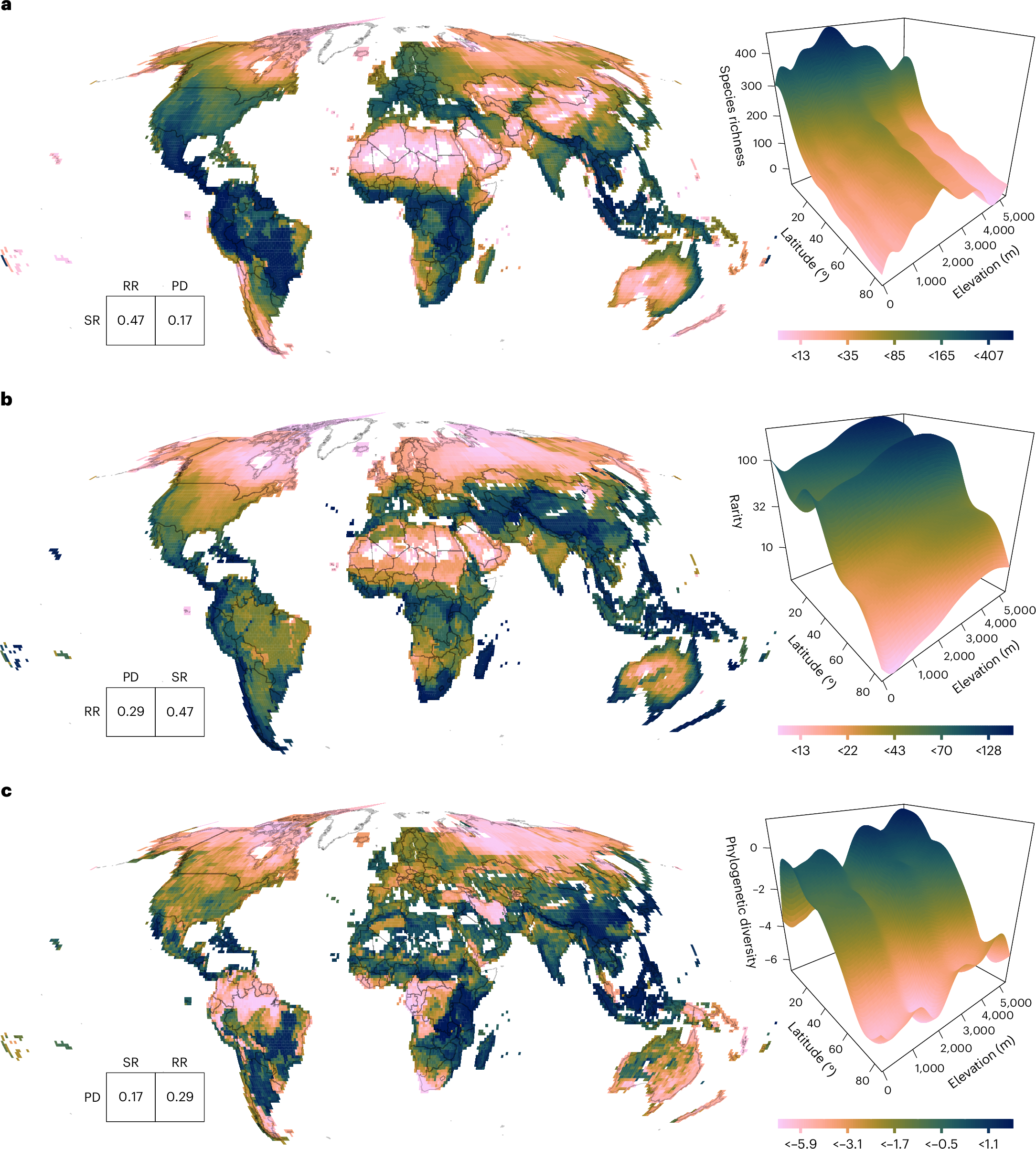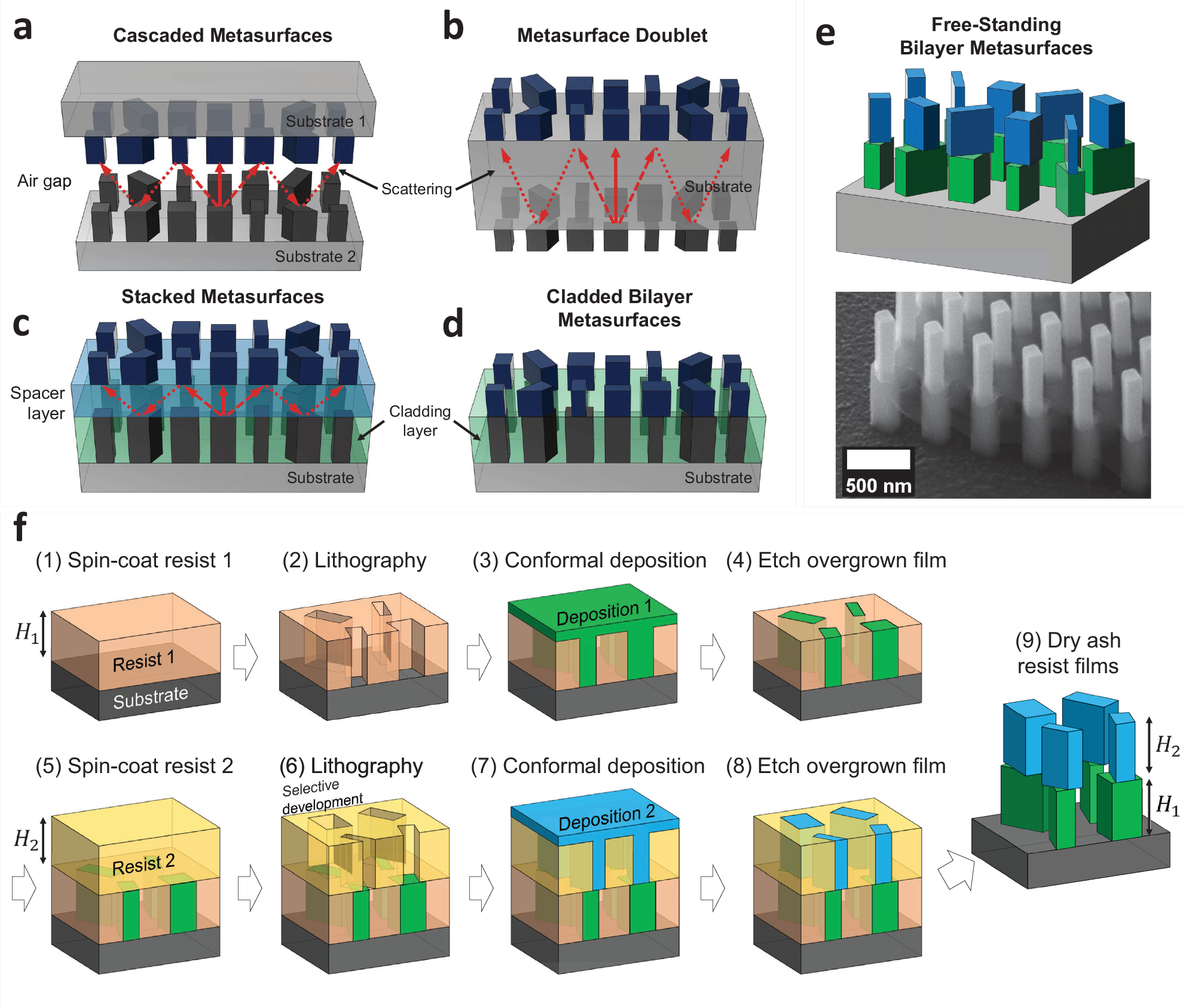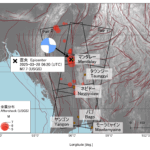2025-03-31 イェール大学
<関連情報>
- https://news.yale.edu/2025/03/31/new-warnings-butterfly-effect-reverse
- https://www.nature.com/articles/s41559-025-02664-0
温暖化する世界で蝶の多様性が脅かされる世界的ホットスポット Global hotspots of butterfly diversity are threatened in a warming world
Stefan Pinkert,Nina Farwig,Akito Y. Kawahara & Walter Jetz
Nature Ecology & Evolution Published:24 March 2025
DOI:https://doi.org/10.1038/s41559-025-02664-0

Abstract
Insects are in decline and threatened by climate change, yet lack of globally comprehensive information limits the understanding and management of this crisis. Here we uncover a strong concentration of butterfly diversity in rare and rapidly shrinking high-elevation climates. Integrating comprehensive phylogenetic and geographic range data for 12,119 species, we find that global centres of butterfly richness, range rarity and phylogenetic diversity are unusually concentrated in tropical and subtropical mountain systems. Two-thirds of the assessed species are primarily mountain dwelling and mountains hold 3.5 times more butterfly hotspots (top 5%) than lowlands. These hotspots only partially overlap with those of ants, terrestrial vertebrates and vascular plants (14–36%), while butterfly diversity is uniquely concentrated above 2,000 m elevation. We project that up to 64% of the temperature niche space of butterflies in tropical realms will erode by 2070, with the geographically restricted temperature conditions of mountains potentially turning these from refugia to traps for butterfly diversity. Our study identifies critical conservation priorities for butterflies and underscores the need for quantitative global assessments of at least select insect groups to help mitigate biodiversity loss in a rapidly warming world.



